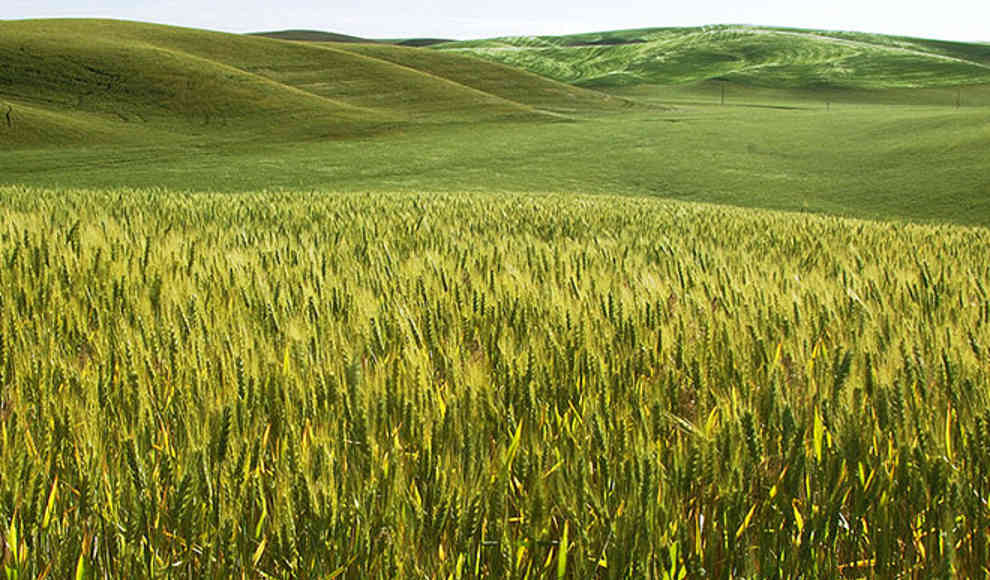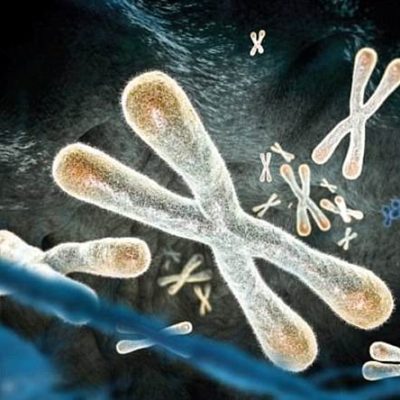After a decade of research, scientists have finally decoded the genome of barley, one of the world’s most important cereal crops. Barley has been a staple in human diets for over 10,000 years, but until now, only partial knowledge of its genetic makeup was available. With the complete genome sequence, researchers can now identify useful genetic traits and develop new barley varieties with desirable characteristics such as pest resistance and increased malt production. The project, led by Martin Mascher of the Leibniz Institute for Plant Genetics and Crop Plant Research, used a technique called shotgun sequencing to break down the barley DNA into small pieces and then reassemble it into a linear order. The genome was found to consist of 5.2 billion base pairs, twice the size of the human genome. The researchers identified 39,000 genes that code for proteins, but these genes make up only 3% of the genome, with over 80% consisting of complex DNA sequences.
The decoding of the barley genome provides new insights into the evolution of the crop and can help prevent the loss of biodiversity in plant breeding. By comparing the genetic makeup of different barley varieties, researchers can trace the plant’s development over thousands of years. The reference sequence will also aid in the examination of the 22,000 barley samples in the researchers’ collection, allowing them to estimate the usefulness of the samples for breeding efforts. The long-term goal is to develop barley varieties that can produce strong yields under changing environmental conditions, contributing to global food security. The research team’s work highlights the importance of understanding the genetic makeup of crops and the potential benefits of genetic research in agriculture.










